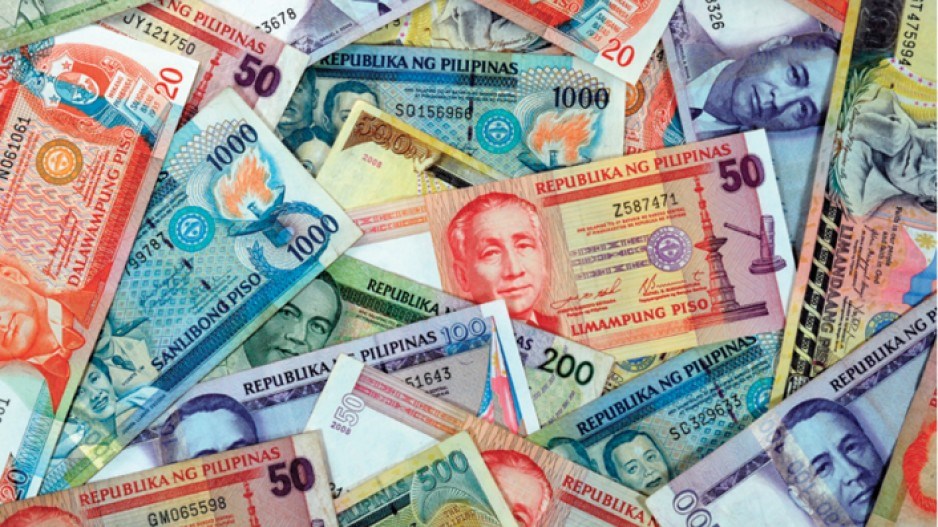The rebuilding of Southeast Asian economies since the 2008-'09 global financial crisis has included a rapid expansion of under-regulated “shadow banking” networks that are a largely hidden threat to the recovery.
A report published earlier this month by Oxford Analytica, the British-based global network of analysts offering clients advice on working in complex markets, says that shadow banks account for 20% to 40% of financial assets in most Southeast Asian countries.
Known more formally as non-bank financial institutions (NBFIs), shadow banks range from relatively sophisticated institutions such as insurance companies, private equity firms, hedge funds and real estate investment trusts to considerably less sophisticated lending shops such as financial co-operatives, micro-finance companies and pawn shops.
The problem in all 10 Southeast Asian countries with the exception of Singapore, says Oxford Analytica, is that “while some of these NBFIs are supervised by regulatory agencies, effective regulation and supervision is lacking, as is sound co-ordination between regulators and central banks. As such, they pose systemic risks to the financial system.”
Under-regulated shadow banks are a risk to general economic well-being in a number of ways, says the report.
They are a direct risk to regular banks, because it is usually these banks that give credit to NBFIs. Indirectly, the shadow banks can produce dangerous contagion, such as in China's rapidly deflating property boom. And shadow banking undermines the effectiveness of government macroeconomic and monetary policies.
According to the World Bank, NBFIs account for 37% of financial assets in the Philippines, 35% in Thailand and 20% in Indonesia. The report says that while some governments, specifically Malaysia, Thailand and Philippines, have set up bodies to try to get a clear picture of the role and extent of shadow banks in their economies, and to improve oversight, there have been only tentative steps to constructing a regional regulatory response.
Several factors since the 2008-'09 global recession have driven the surge in shadow banking, says Oxford Analytica.
In response to the crisis, regular banks in Southeast Asia tightened rules on lending, sending would-be borrower looking for other sources of loans. Under normal conditions, up to 27% of people in the region lack access to regular banks, so the NBFI market was already well established.
As well, the reality of negative interest rates, caused by inflation rates being higher than the low interest pursued by central banks to encourage recovery, has encouraged the expansion of shadow banking systems. Borrowers are willing to pay higher interest rates to shadow banks in return for ease of access to loans and less cumbersome formalities.
And booming housing prices throughout Asia are a major driver of the expansion of shadow banks and public demand for their services.
Malaysia's central bank is one of the few in Southeast Asia that gathers and makes public a reasonable amount of information on NBFIs. And, says the Oxford Analytica report, 52% of all household loans in Malaysia are to finance property purchases. In 2012, NBFIs gave 600,000 new personal loans worth the equivalent of $13 billion, more than twice the credit given by regular banks that year.
An astonishing 80% of these NBFI personal loans went to government civil servants earning less than the equivalent of $1,000 a month. This is driven by a government scheme allowing for automatic deduction from salary cheques of repayments to lenders.
This reduces the risk for the shadow banks – default on NBFI loans is 1.6% compared with 1.8% for regular banks – but it has contributed to the growth of household indebtedness. Between 2007 and 2013 in Malaysia, household debt rose from 67% of gross domestic product to 87%. •
Unregulated lenders thrive in China
The size of China's shadow banking system is not as large as previously estimated, says a new report by the Beijing government's main think-tank, but it is still a significant threat to the economy.
The Chinese Academy of Social Sciences says non-banking financial institutions (NBFIs) account for about 20% of total banking assets in China and represent the equivalent of $4.3 trillion.
This, said Hu Bin, vice-director of the academy's Institute of Finance and Banking, is lower than previous estimates that placed the size of the shadow banking sector at $5.2 trillion and 23% of the $22 trillion legal banking sector.
However, “people should be concerned over the quality of the system instead of the quantity,” Hu said. “The system's rapid growth has made it increasingly intertwined with China's financial systems. It could pose higher risks to the banking sector and the real economy through currency and credit markets, and trigger a systematic financial crisis.”
Shadow banks have mushroomed in China in the last decade in response to the tight regulations on lending imposed by conventional banks. Many of these operations are perfectly credible, but some have been set up simply to get around rules on how much banks can lend and to what industries.
Some trusts have been set up entirely for this purpose. Then there are credit guarantee operations, and some manufacturing companies make far more profit from moneylending than from selling their book products.
Most worrying for many analysts are the trusts. They promise investors very high rates of return and lend to individuals and industries turned away by conventional banks. Much of their collateral is in property, whose value is now crashing and by some estimates will drag China's gross domestic product growth from 7.5% this year to a dangerously low 4.8% in 2015.




